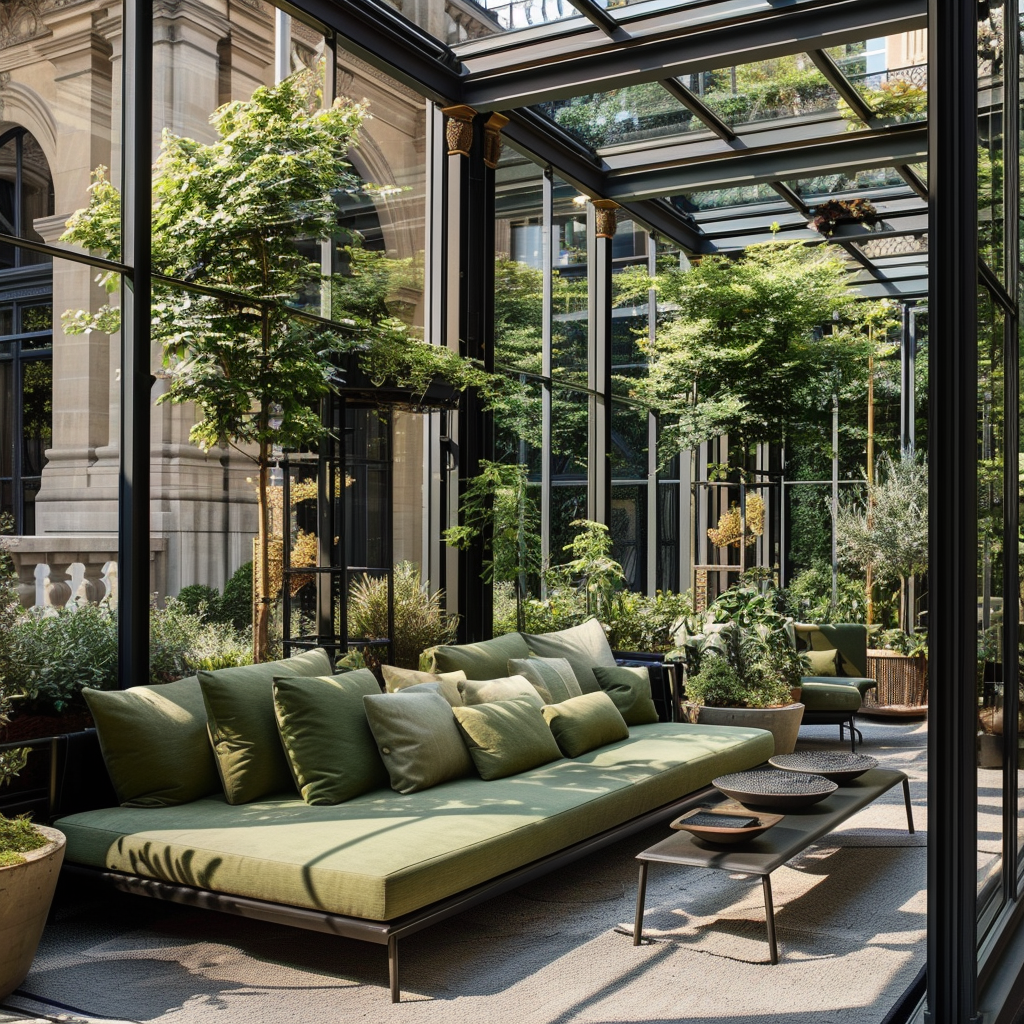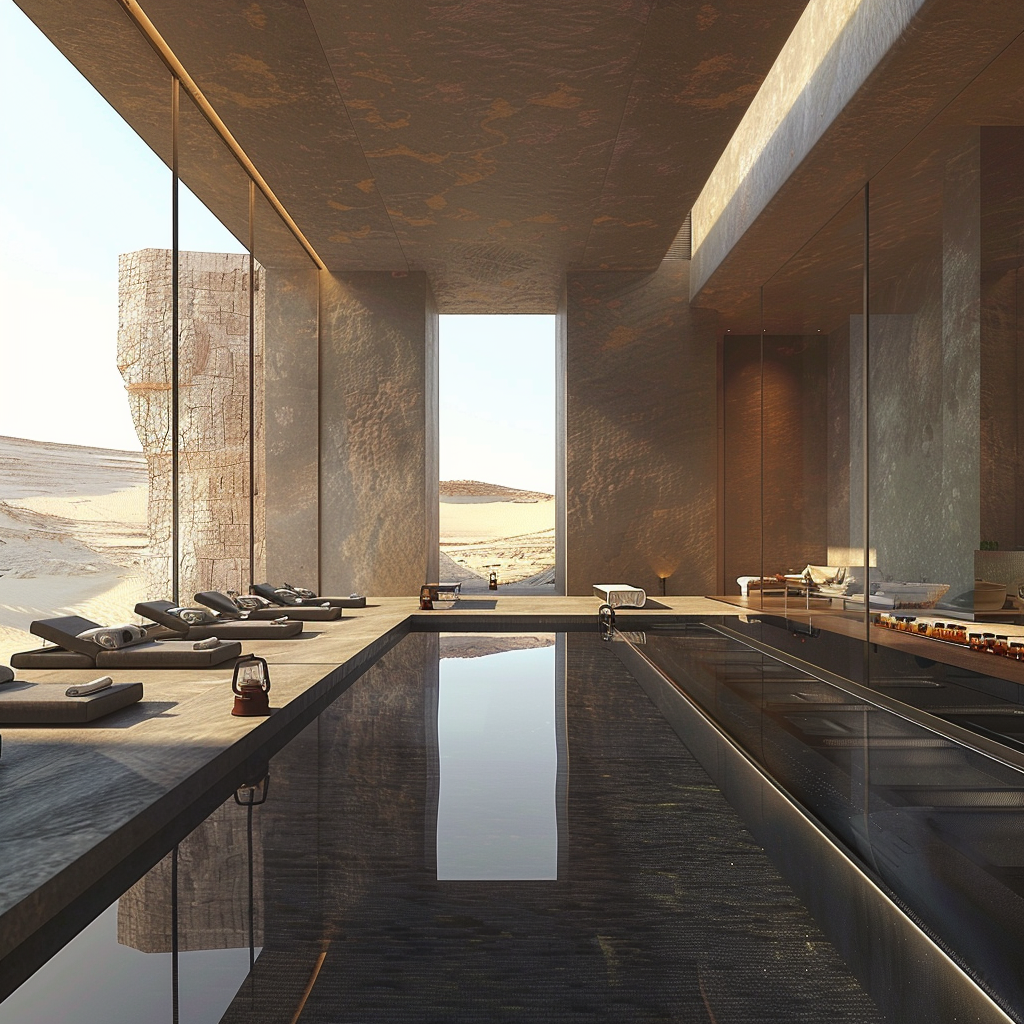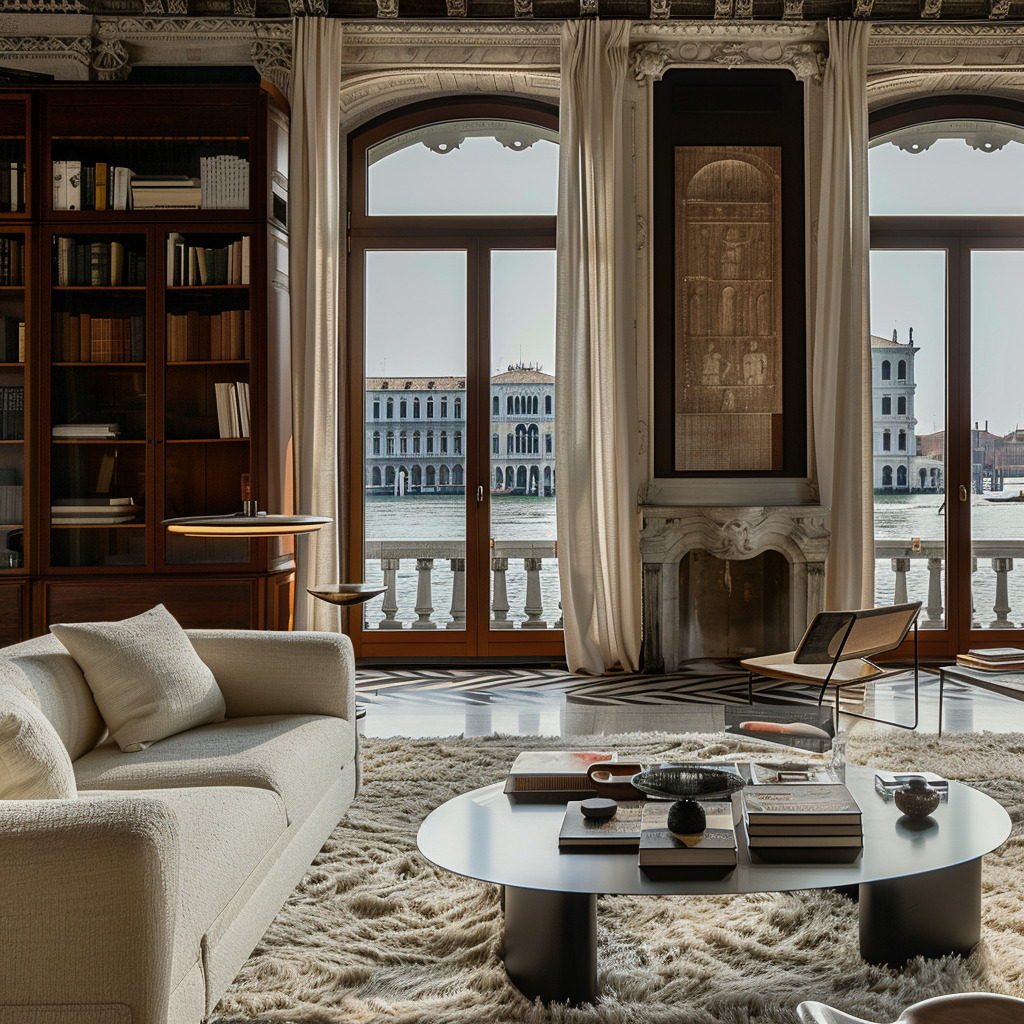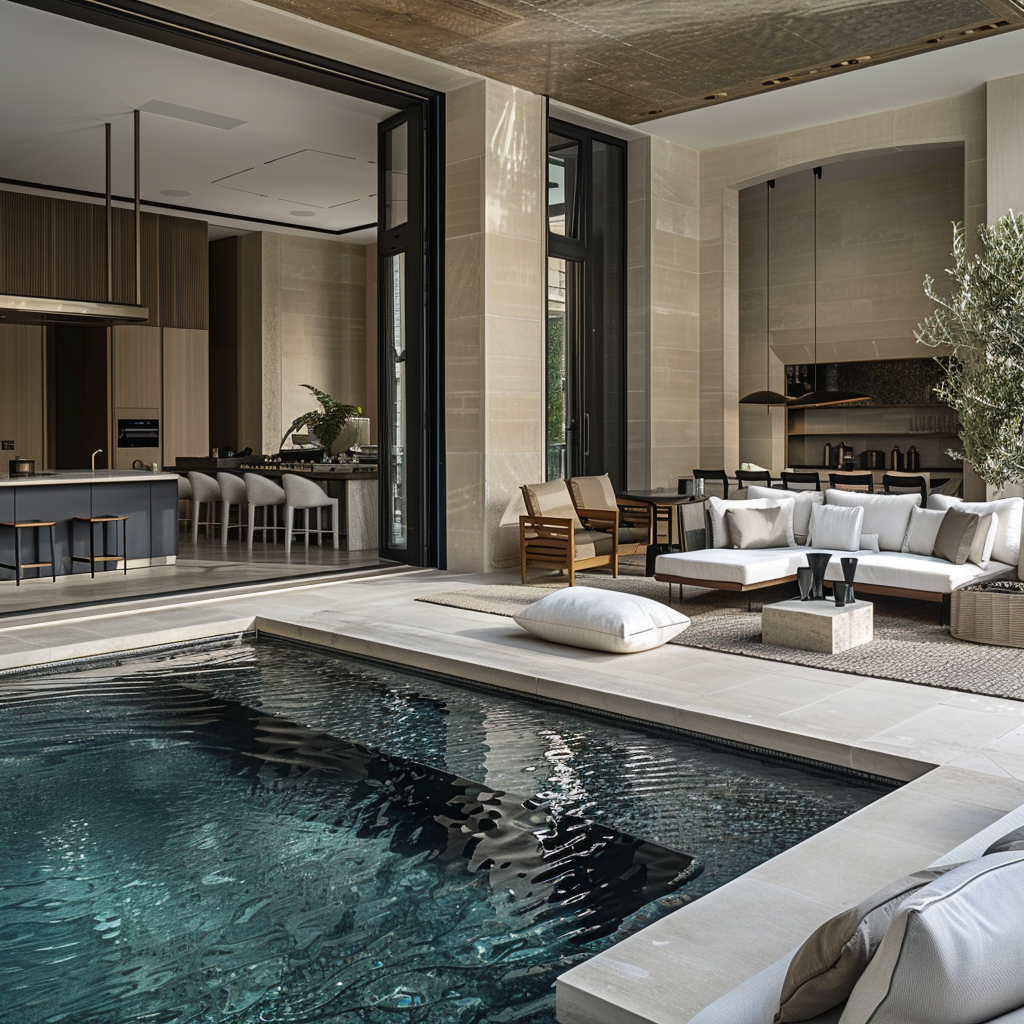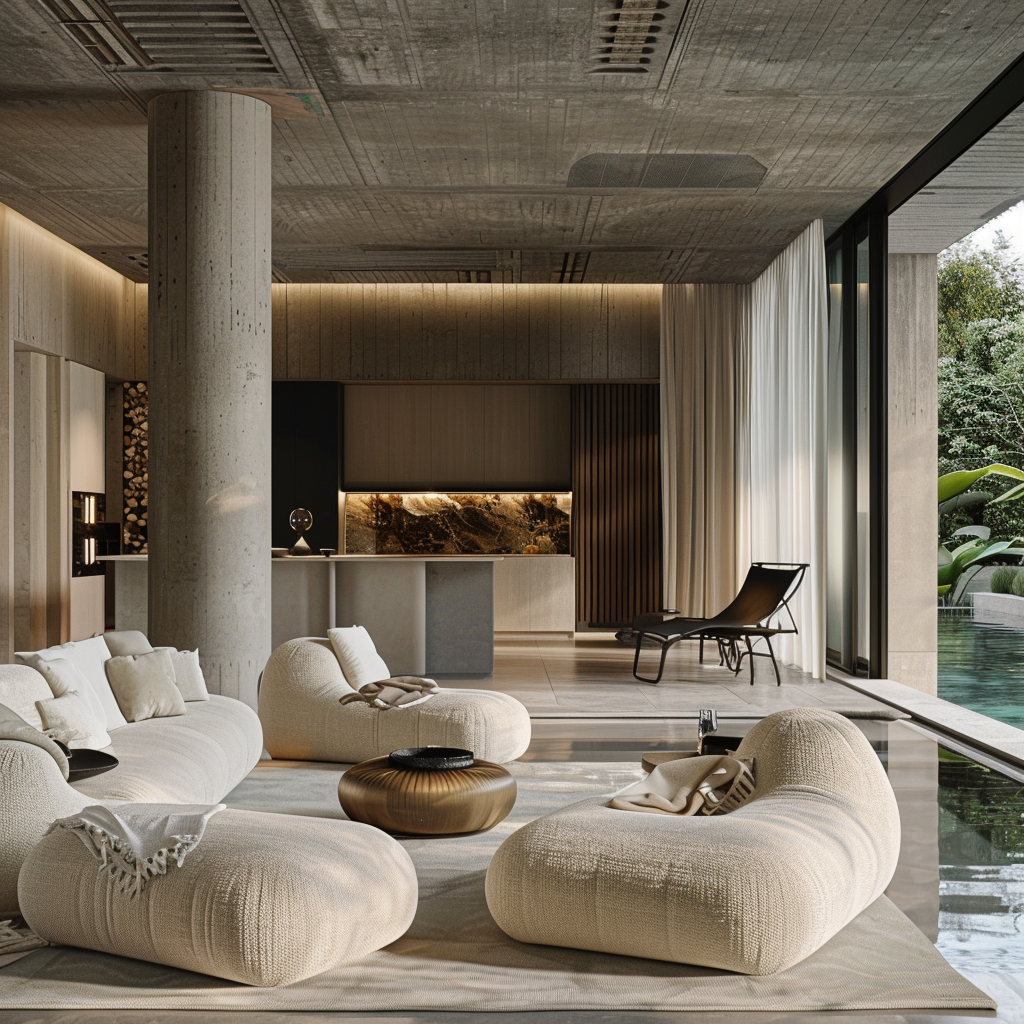Hey interior design enthusiasts! Today I'm breaking down the fascinating evolution of interior spaces in 2025. We're witnessing a fundamental shift in how we relate to our environments, with design becoming more psychologically intentional than ever before. Let's explore how recent years have transformed our approach at Marie Antonette Designs.
POST-COVID SPATIAL EVOLUTION
The pandemic permanently altered our relationship with interior spaces. Since then, our firm has embraced warmer color palettes featuring deep greens, curry tones, and terracottas—responding to our collective need for emotional security in uncertain times.
Biophilic design has transcended trendy status to become foundational in our practice. We integrate natural elements not as decorative afterthoughts but as essential components that address the documented psychological impacts of isolation.
Most significantly, we now design homes as true sanctuaries, creating dedicated restoration spaces within residences. These represent a profound shift in domestic architecture, elevating mental well-being from luxury to necessity.
PSYCHOLOGICAL DIMENSIONS OF SPACE
Spatial psychology research now validates what experienced designers have long observed: environments directly influence cognition, emotion, and behavior. Our approach carefully considers how each element—from lighting to material selection—shapes the occupant's psychological experience.
Recent research using advanced measurement technologies now provides concrete data on how spaces affect emotional states. These findings allow us to design with greater precision and intentionality across all projects.
This evidence-based approach particularly strengthens our commercial work, as research confirms thoughtfully designed environments improve workplace productivity, retail sales performance, and healthcare recovery rates. What was once intuitive craft now stands on solid scientific ground.
CULTURAL CONSIDERATIONS IN SPATIAL DESIGN
Working across cultures has revealed fascinating variations in spatial preferences. Western clients typically request spaces emphasizing personal expression and flexibility, while many international clients prioritize communal interaction and shared experiences.
This cultural awareness informs our approach to public versus private space delineation. Where American designs often create clear boundaries, many international projects benefit from more fluid transitions between shared and personal areas.
An emerging cross-cultural trend we're incorporating focuses on designing for fundamental social connection. Rather than treating spaces as static containers, we consider the complete experiential journey—how people move through and interact with environments holistically.
KEY DESIGN DIRECTIONS FOR 2025
THE MAXIMALIST RENAISSANCE
We're witnessing a thoughtful return to richness and visual complexity, moving beyond minimalism toward spaces with greater depth and personality. This isn't simply decorative excess but rather intentional layering that creates more emotionally responsive environments.
MATERIAL CONTINUITY & SENSORY COHESION
"Material continuity"—where a single material extends throughout a space—has become a powerful technique for creating cohesive, sensory-rich environments that feel both grounded and distinctive.
"Material drenching" has emerged beyond color-drenching, with entire rooms designed in one material – wood, stone, plaster, or fabric – creating spaces with greater sensory richness.
DISSOLVING BOUNDARIES
The traditional boundaries between indoor and outdoor living continue to dissolve, with architectural solutions that create seamless transitions while respecting climate considerations and privacy needs.
SUSTAINABLE DESIGN AS BASELINE
Sustainability has evolved from optional consideration to fundamental practice. Every material selection, production method, and design decision now begins with environmental impact as a baseline requirement rather than an added feature.
SPACES THAT NURTURE
These developments reflect a larger shift toward spaces that actively support human flourishing rather than merely containing activity. As we continue refining our understanding of the psychological impact of environments, both designers and clients benefit from spaces that not only look beautiful but truly enhance how we live, work, and connect.
#MarieAntonetteDesigns #InteriorEvolution #DesignPsychology #SpatialWellbeing #MaximalistRenaissance #MaterialContinuity #DissolvingBoundaries #SustainableDesign #NurturingSpaces #MaterialDrenching #InteriorDesignTrends #InteriorDesign2025 #theevolutionofspace #InteriorDesignPrinciplesReshaping2025



